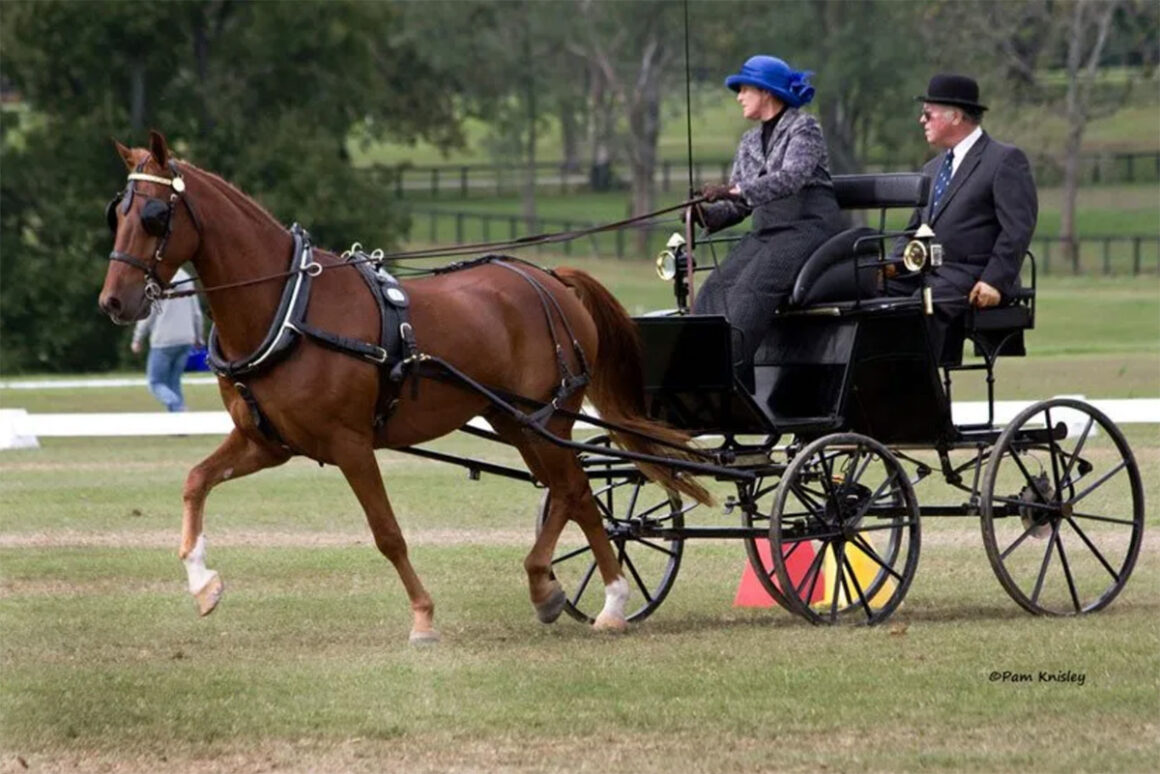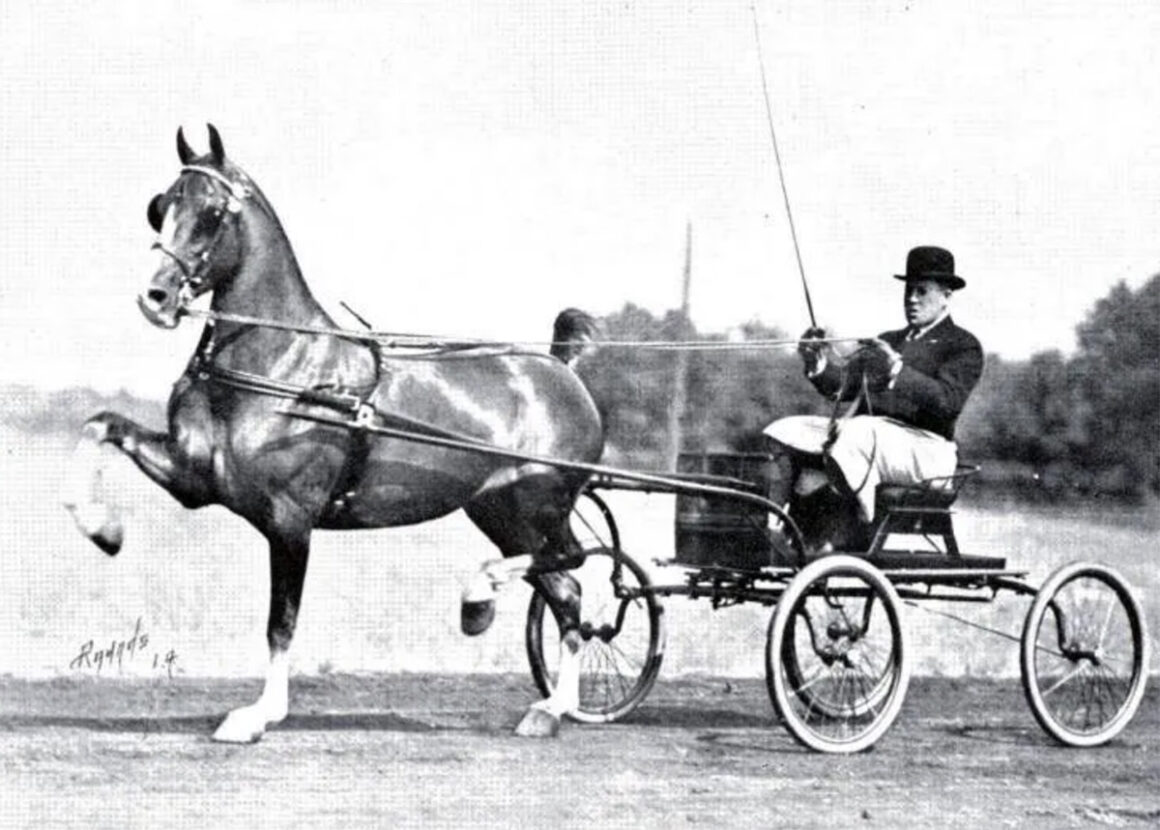The Hackney was the sports car of the late 1800s with their high-stepping, piston-like motion, speed, endurance, and proud carriage. The breed has two distinct branches, the Hackney Horse and Pony, with the horse on many conservation lists. Those that do own and enjoy the Hackney Horse have an animal with versatility, beauty, and athleticism. Though often overshadowed by the ponies, the horses deserve equal representation.

Few thrills compare to riding or driving a high-stepping horse and feeling the power and energy that is under control, but also effortless. This is the world that the Hackney Horse, and their counterpart, the Hackney Pony, live in. These powerful animals with their fancy footwork were developed as driving horses, a means of transportation in Great Britain. Massive exports introduced them to the United States, and today, they are popular in the show ring and as pleasure horses.

History of Hackney Horse
The need for stylish speed remains relatively unchanged across hundreds of years and generations of people. The Hackney breed developed as a harness horse in Great Britain in the era before automobiles, and they were the preferred carriage horse of wealthy aristocrats and sportsmen, who we might find driving flashy sports cars today.
Hackney comes from the French word Hacquenee. The term Hackney originally meant a riding horse in the early 1300s, but later meant a riding horse used for carriage driving. The breed developed in the 1700s by crossing Thoroughbreds with Norfolk Trotters and other horses in the Yorkshire era. Flying Childrens, a son of Darley Arabian, was instrumental in founding the breed.
The English Hackney Horse Society formed in 1883 and their first show was in 1885. The American Society was formed not long after this, in 1891, and the rest, as they say, is history.
Breed Characteristics
The Hackney has distinct breed characteristics, with the major difference being that the Hackney Horse is taller. They average 15 to 16 hands, but anything over 14.2 is classified as a horse. The head is elegant and proud, with a small muzzle, large nostrils, bright, and alert eyes, and ears that tip in slightly. They have an upright and arched neck, laid-back shoulder and hip, with a short back. The body is compact and powerful. Some horses have docked tails, others maintain their long tail.
Owners prefer black, brown, and bay horses. These are the breed’s primary colors. Chestnut is allowed too, but not found as often. Hackney horses do have white markings on their face and lower legs. Their gaits and leg action are very distinct too. The Hackney has free-flowing gaits that are ground covering. But the knees also come above level with the chest, and the hocks have similar action. The Hackney is born with this brilliant and extreme piston-like action.
Temperament-wise, the Hackney is kind and easily trained, but they can also be sensitive and spirited. Novices can handle these friendly horses, but some are better off with owners of an intermediate level.
The Hackney Pony
Sir George, a pony-type Hackney foaled in 1866 forever changed the trajectory of the breed. A separate and distinct branch was later created for the Hackney Pony. Breeding began in earnest in 1872 by crossing the Hackney Horse with the best Welsh and other ponies. Imports to the United States increased at the same time. The Hackney Pony became wildly popular in the United States, and today, 95% of all Hackneys in the country are ponies. Hackney ponies are used mostly for show, exhibiting in fine harnesses or road bikes with the drivers wearing racing silks. Moreover, they have the same breed characteristics, personalities, and athleticism, just in a pony-sized package.
Hackney Horse Today
The Hackney Horse is popular in riding and driving disciplines. Although they are shown in fine harness and roadster divisions like the ponies, they expand to other divisions too. Horses are shown in combined driving, coaching, and riding disciplines. They’ve made names for themselves as hunters and jumpers, in dressage, eventing, competitive trail, and pleasure riding.
The Hackney Horse does have critical status, according to the Livestock Conservancy, with around 3,000 animals worldwide. However, most of the breed’s population is in the United Kingdom, with the United States population at about 200 horses and Argentina has approximately 300. But, the Hackney Horse continues making inroads among equine enthusiasts because their larger size offers more versatility in a kind and powerful package.
Sources: American Hackney Horse Society, International Museum of the Horse, United States Equestrian Federation, and The Livestock Conservancy.
